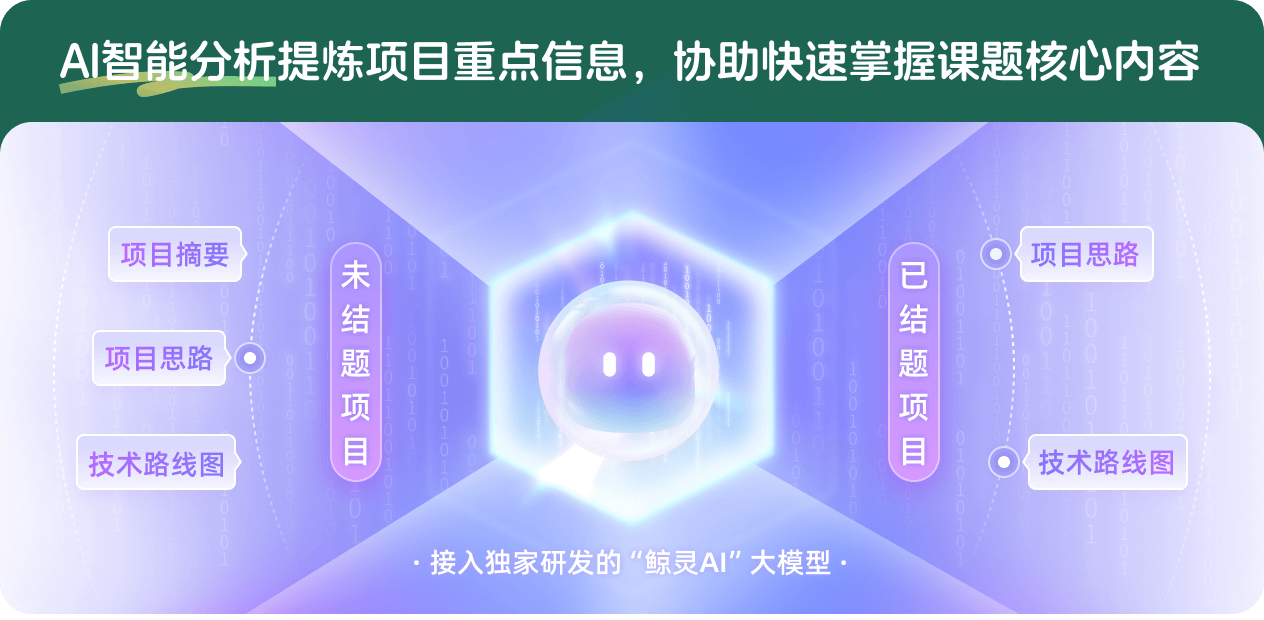PGK1及其赖氨酸琥珀酰化修饰在肾细胞癌肿瘤增殖中的作用与机制研究
项目介绍
AI项目解读
基本信息
- 批准号:81902590
- 项目类别:青年科学基金项目
- 资助金额:21.0万
- 负责人:
- 依托单位:
- 学科分类:H1807.肿瘤代谢
- 结题年份:2022
- 批准年份:2019
- 项目状态:已结题
- 起止时间:2020-01-01 至2022-12-31
- 项目参与者:--
- 关键词:
项目摘要
Lysine succinylation is a new post-translational modification, however, the biological function and the regulatory mechanism of it remains unclear. By analyzing the protein and succinylation proteomes in renal cell carcinoma tissues, we found that PGK1 (the key enzyme in glycolicytic metabolic pathway) significantly overexpressed, and the lysine succinylation modification level of PGK1 was up regulated as well, at the same time ,we predicted that the K353 site of PGK1 might be a key site for succinylation modification. Studies have reported that glucose levels and Sirt5 expression have regulatory effects on succinylation modification. Whether the activity of PGK1 is regulated by succinylation modification, affecting on energy metabolism by glycolicytic metabolic pathway, and then influences the cell proliferation of renal cell carcinoma remains to be clarified. Based on clarifying the effect that PGK1 can up regulate on the promotion of glycolysis metabolic pathway, this research can determine the role and the key site of succinylation modification in regulating the activity of PGK1, and analyze of the regulation role of glucose and Sirt5 on succinylation modification of PGK1. Furthermore, we can also discusse the relationship of promoting cell proliferation of renal cell carcinoma and glycolytic metabolic pathway in terms of the activation of PGK1. Taken together, all these work not only can provide a new idea for further study the role of succinylation modification in the progression of renal cell carcinoma, but also provide a new foundation and experimental basis for new tumor markers and therapeutic targets for renal cell carcinoma.
蛋白质琥珀酰化是一种新近发现的翻译后修饰类型,目前对其生理病理功能与调控机制知之甚少。申请者前期对肾癌组织进行蛋白组及琥珀酰化修饰组分析发现,肾癌组织中糖酵解途径关键酶PGK1呈明显高表达,其赖氨酸琥珀酰化修饰水平明显上调,预测到PGK1-K353位点可能为琥珀酰化修饰关键位点。研究显示葡萄糖水平及Sirt5对琥珀酰化修饰具有调控作用。PGK1的活性是否受到琥珀酰化修饰调控,进而通过糖酵解途径影响肾癌细胞的增殖能力及其相关分子机制有待阐明。本研究在明确PGK1活性上调促进糖酵解的基础上,确认琥珀酰化修饰调控PGK1活性的作用方式和关键位点,解析葡萄糖及Sirt5对PGK1琥珀酰化修饰的调控作用与相关机制,阐明PGK1活化促进肾癌细胞肿瘤增殖能力与上调糖酵解代谢途径的关系,为深入研究琥珀酰化修饰对肾细胞癌肿瘤进程的作用提供新思路,为探究肾细胞癌肿瘤标志物及治疗新靶点提供新的基础与实验依据。
结项摘要
近年来针对肾癌代谢相关蛋白组学的研究显示,低氧状态下,肾癌细胞的能量代谢模式更多是通过有氧糖酵解途径供能,即Warburg效应。赖氨酸琥珀酰化修饰是一种新近发现的蛋白质翻译后修饰类型,目前对其生理病理功能与调控机制知之甚少。申请者前期对肾细胞癌肿瘤组织进行蛋白质组及琥珀酰化修饰组分析发现,肾癌组织中糖酵解途径关键酶磷酸甘油酸激酶1(Phosphoglycerate kinase 1,PGK1)及丙酮酸激酶M2型(pyruvate kinase M2,PKM2)蛋白呈现明显高表达状态,同时其赖氨酸琥珀酰化修饰水平明显上调。本研究以有氧糖酵解代谢对肾细胞癌的生物学作用为切入点,首先明确了PGK1及PKM2蛋白在肾细胞癌组织中的内源性表达水平及其临床意义,并在体外实验通过siRNA敲减技术证实了PGK1及PKM2蛋白能够通过上调糖酵解代谢途径增加肾细胞癌的增殖能力,从而促进肾细胞癌的肿瘤进程。我们进一步验证了Sirt5蛋白对肾癌细胞增殖能力的影响,并探讨Sirt5蛋白作为去琥珀酰化修饰活性蛋白可能通过调控PKM2的赖氨酸琥珀酰化修饰水平的进而调控肾癌细胞肿瘤进程的潜在分子机制,这可能为肾细胞癌新的肿瘤标志物及治疗新靶点提供新的理论依据。
项目成果
期刊论文数量(2)
专著数量(0)
科研奖励数量(0)
会议论文数量(0)
专利数量(0)
大体积嗜铬细胞瘤术后严重并发症的危险因素分析
- DOI:--
- 发表时间:2020
- 期刊:中国肿瘤外科杂志
- 影响因子:--
- 作者:鄂少龙;张乃文;韩斌;吴斌
- 通讯作者:吴斌
基于互联网的对分课堂联合CBL在泌尿外科教学中的应用
- DOI:--
- 发表时间:2021
- 期刊:中国继续医学教育
- 影响因子:--
- 作者:鄂少龙;张乃文;詹运洪
- 通讯作者:詹运洪
数据更新时间:{{ journalArticles.updateTime }}
{{
item.title }}
{{ item.translation_title }}
- DOI:{{ item.doi || "--"}}
- 发表时间:{{ item.publish_year || "--" }}
- 期刊:{{ item.journal_name }}
- 影响因子:{{ item.factor || "--"}}
- 作者:{{ item.authors }}
- 通讯作者:{{ item.author }}
数据更新时间:{{ journalArticles.updateTime }}
{{ item.title }}
- 作者:{{ item.authors }}
数据更新时间:{{ monograph.updateTime }}
{{ item.title }}
- 作者:{{ item.authors }}
数据更新时间:{{ sciAawards.updateTime }}
{{ item.title }}
- 作者:{{ item.authors }}
数据更新时间:{{ conferencePapers.updateTime }}
{{ item.title }}
- 作者:{{ item.authors }}
数据更新时间:{{ patent.updateTime }}
其他文献
其他文献
{{
item.title }}
{{ item.translation_title }}
- DOI:{{ item.doi || "--" }}
- 发表时间:{{ item.publish_year || "--"}}
- 期刊:{{ item.journal_name }}
- 影响因子:{{ item.factor || "--" }}
- 作者:{{ item.authors }}
- 通讯作者:{{ item.author }}

内容获取失败,请点击重试

查看分析示例
此项目为已结题,我已根据课题信息分析并撰写以下内容,帮您拓宽课题思路:
AI项目摘要
AI项目思路
AI技术路线图

请为本次AI项目解读的内容对您的实用性打分
非常不实用
非常实用
1
2
3
4
5
6
7
8
9
10
您认为此功能如何分析更能满足您的需求,请填写您的反馈:
相似国自然基金
{{ item.name }}
- 批准号:{{ item.ratify_no }}
- 批准年份:{{ item.approval_year }}
- 资助金额:{{ item.support_num }}
- 项目类别:{{ item.project_type }}
相似海外基金
{{
item.name }}
{{ item.translate_name }}
- 批准号:{{ item.ratify_no }}
- 财政年份:{{ item.approval_year }}
- 资助金额:{{ item.support_num }}
- 项目类别:{{ item.project_type }}




















